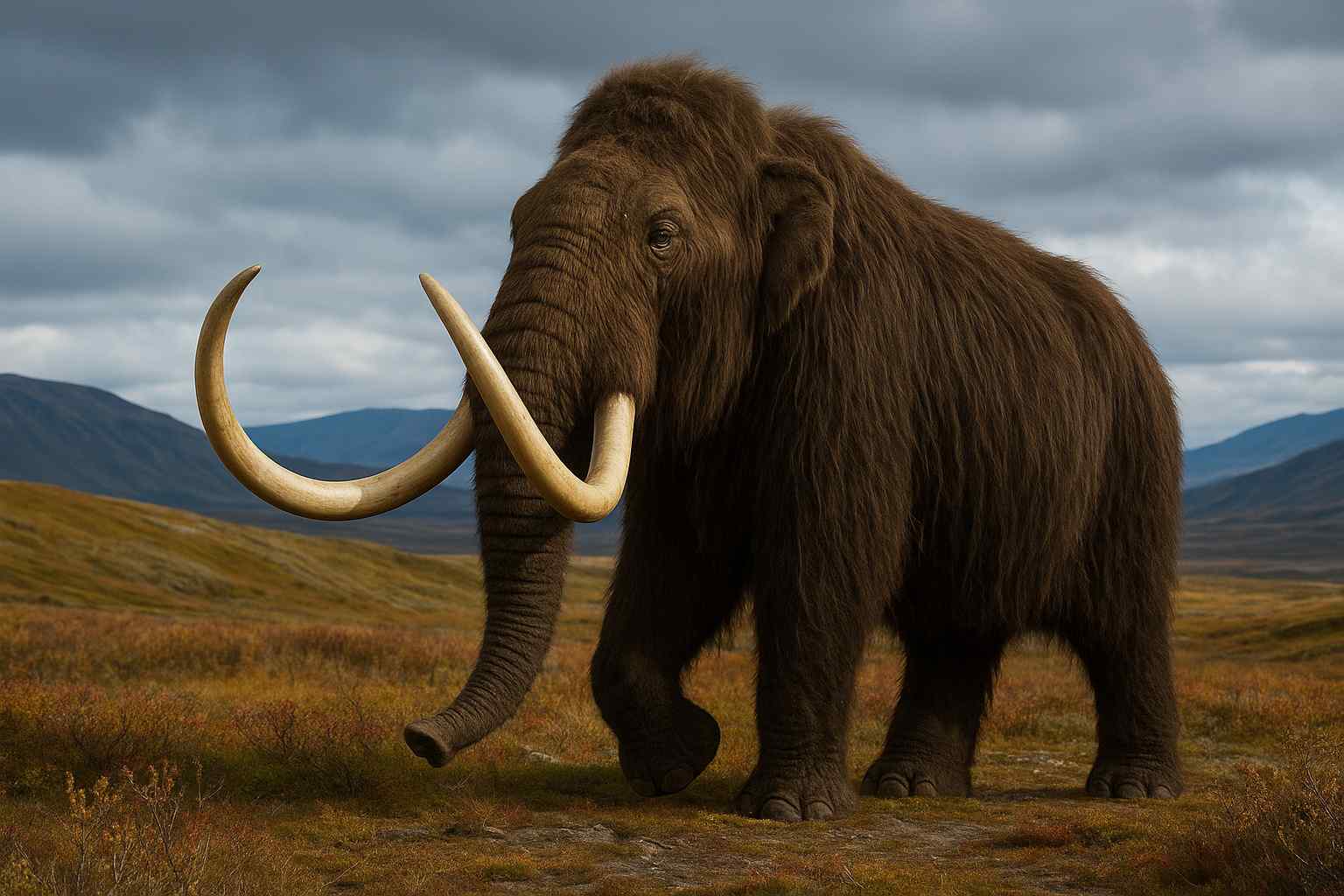In a groundbreaking achievement, scientists have managed to revive an animal species that had been extinct for over 10,000 years. This historic feat combines advanced genetic engineering, de-extinction strategies, and a deep understanding of ancient DNA. The success marks a new era in conservation biology and raises profound ethical and ecological questions about reviving long-lost species. This remarkable milestone shows what determined research and cutting-edge technology can achieve today.
1. The Species Revived
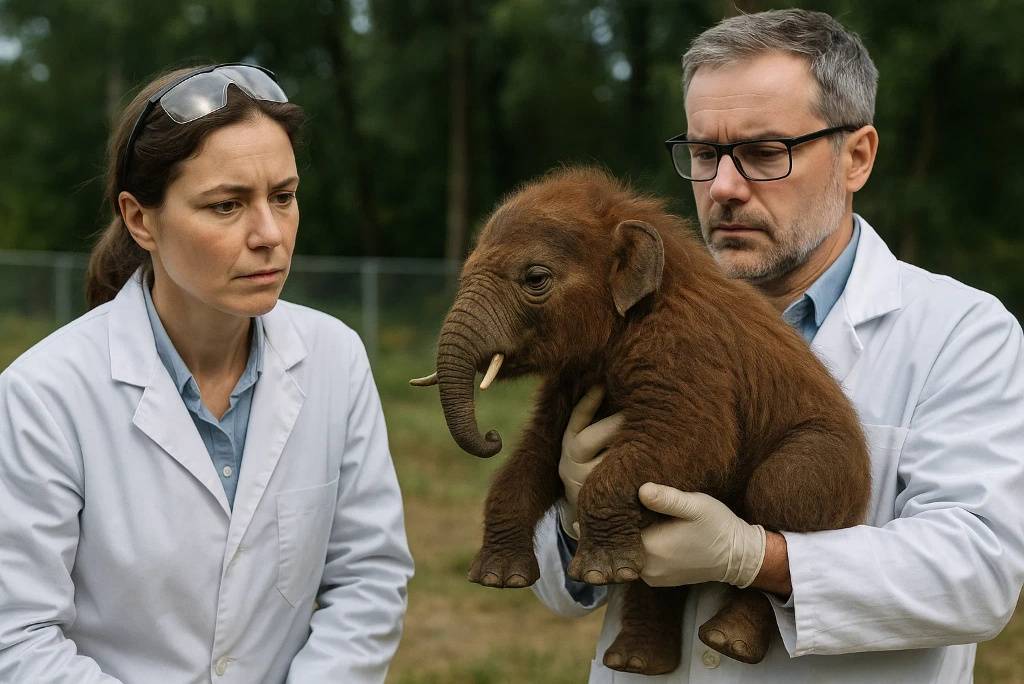
The animal brought back from extinction is the woolly mammoth, an iconic Ice Age giant that disappeared approximately 10,000 years ago. Researchers used preserved DNA from permafrost specimens and combined it with the genome of the Asian elephant, its closest living relative. This hybrid approach ensured genetic viability while preserving essential mammoth traits such as thick fur and cold resistance. Scientists have confirmed that these hybrids display many mammoth-like physical and physiological characteristics. Learn more
2. How Ancient DNA Was Retrieved
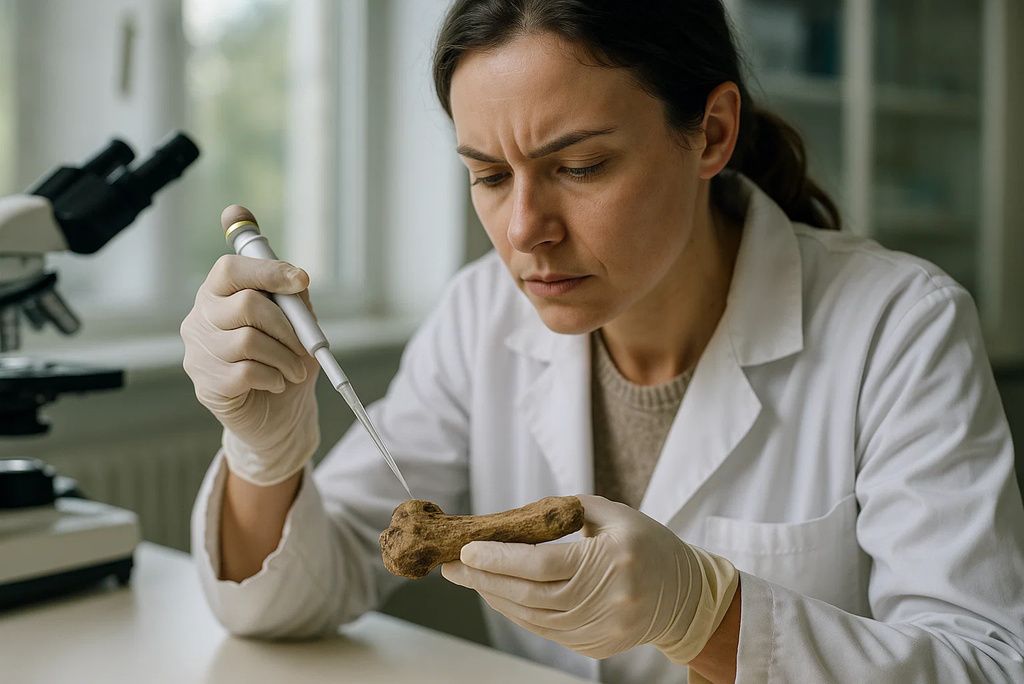
Ancient DNA degrades over time, but frozen remains preserved in Siberian permafrost offered high-quality genetic material. Using next-generation sequencing, scientists reconstructed a nearly complete mammoth genome. They carefully filtered out contamination and repaired damaged sequences, creating a stable genetic blueprint for cloning and gene editing. This process required extensive computational modeling and precise bioinformatics tools to ensure sequence accuracy. Reference
3. Role of CRISPR Gene Editing

CRISPR technology played a crucial role in reviving the species. Scientists precisely edited elephant DNA to insert mammoth genes responsible for cold tolerance, fat storage, and distinctive fur growth. This method allowed the recreation of critical traits without needing a full mammoth genome. CRISPR provided unmatched precision, efficiency, and cost-effectiveness, making such ambitious genetic engineering projects possible today.
4. Surrogate Mother Selection
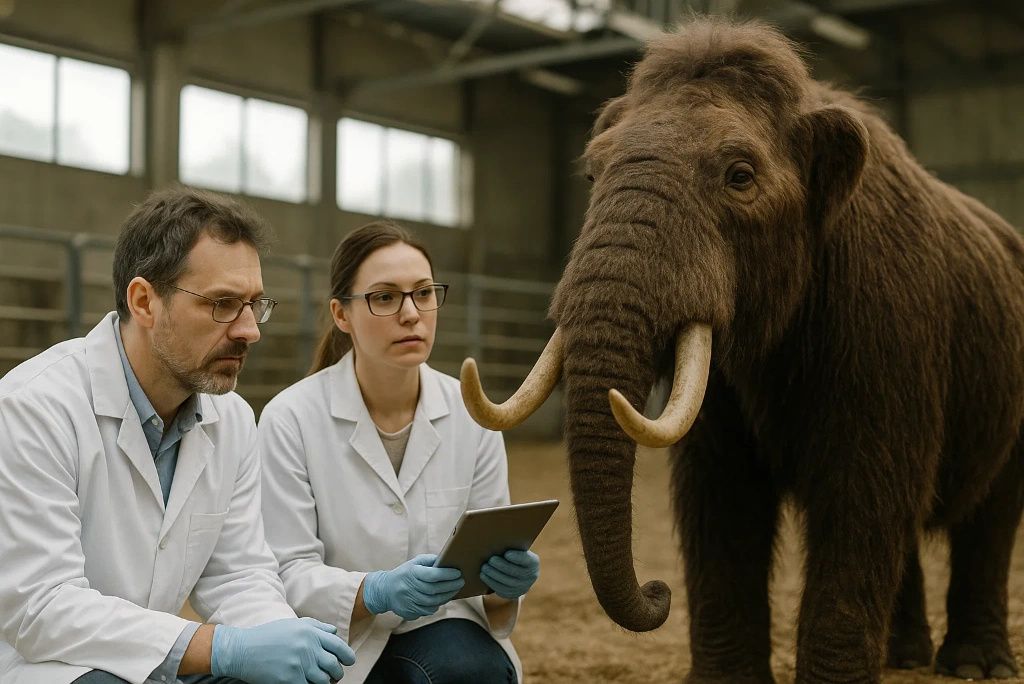
Asian elephants were chosen as surrogates due to their close genetic relationship with mammoths. This choice minimized immune rejection and increased the chances of successful embryonic development. Scientists also explored artificial womb technologies to reduce risks to living elephants. While controversial, these alternatives may protect endangered elephants from unnecessary medical procedures. This innovative dual approach has significantly increased the project’s overall success rate. Details here.
5. Ethical Considerations

De-extinction raises tough ethical questions: Should humans revive animals that nature phased out? Critics argue that resources should focus on conserving endangered species, while supporters see it as an opportunity to restore lost ecosystems. Debates also center around animal welfare and the role of humans in shaping evolution. Ethical panels are now actively discussing how such projects align with moral responsibilities. Explore the ethics
6. Ecological Impact Studies
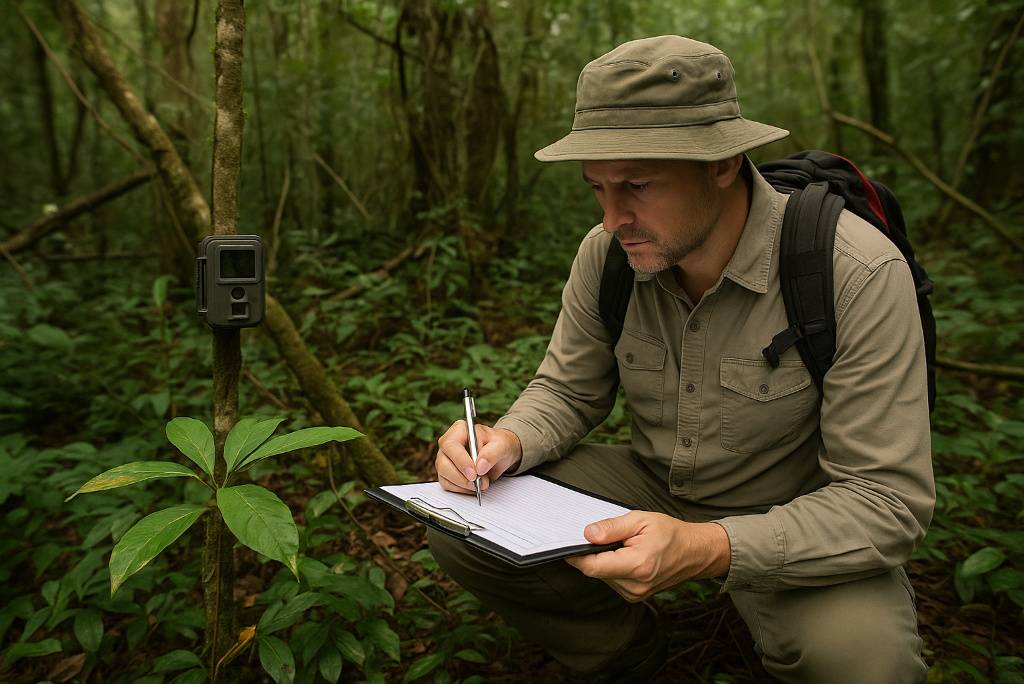
Reintroducing mammoths could reshape Arctic ecosystems. By trampling snow and encouraging grass growth, they might help slow permafrost thawing and reduce greenhouse gas emissions—a process dubbed “Pleistocene rewilding.” Such impacts are still being studied extensively. These findings could provide valuable insights into mitigating climate change through large herbivore reintroduction. Research here.
7. Challenges in Revival
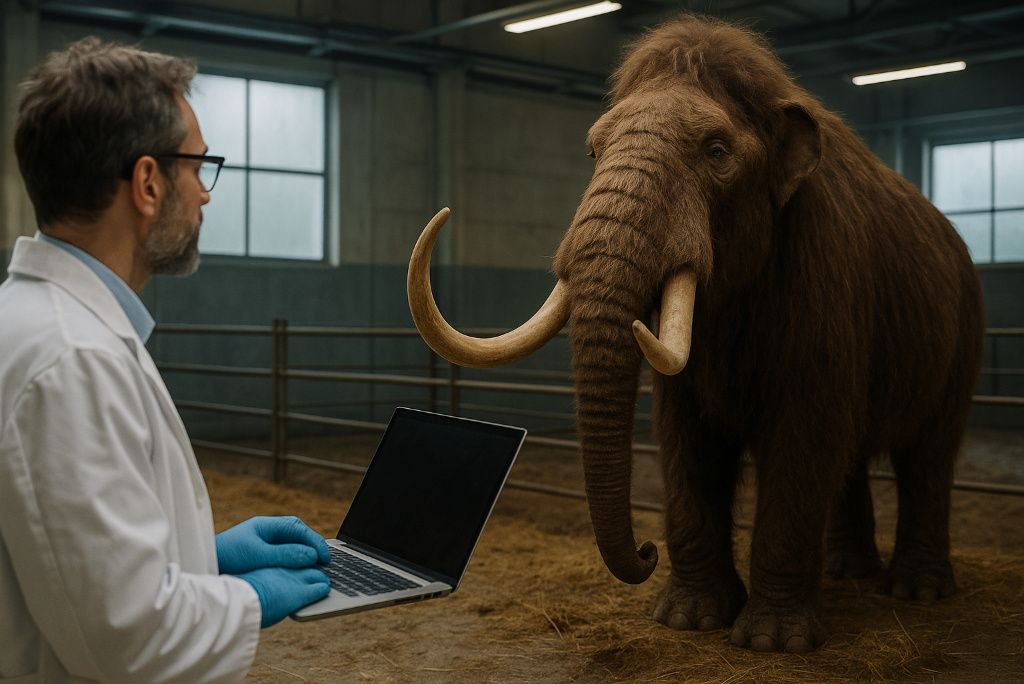
Even with modern technology, challenges remain: incomplete genomes, immune compatibility issues, and gestational complications. Long-term survival in the wild poses additional risks, requiring carefully controlled rewilding programs and habitat management strategies. Scientists are also preparing for unpredictable ecological effects, ensuring readiness for any unexpected behavioral or biological outcomes in these hybrids.
8. Preservation of Genetic Diversity

To avoid inbreeding, scientists created multiple embryos with genetic variations. This approach increases adaptability and resilience, ensuring the revived population can thrive over generations. It mirrors conservation strategies used for endangered species today. Maintaining a diverse genetic pool is critical for long-term success in harsh natural environments.
9. Public Reactions and Controversy

While many celebrate the breakthrough, others fear potential ecological disruptions. Environmentalists warn about unintended consequences, while the public marvels at the scientific achievement. These discussions influence policymaking and funding for future de-extinction projects. Public engagement has been crucial in shaping opinions and ensuring transparent communication about ongoing efforts.
10. Lessons from Past Extinctions

The mammoth’s extinction is often attributed to overhunting and climate change. By reviving it, researchers hope to better understand Ice Age ecosystems and the impact of human activity on species survival—a crucial lesson for current conservation efforts. These lessons may help prevent future extinctions caused by similar human-driven pressures. Understanding ancient ecological interactions provides context for shaping sustainable wildlife management strategies today.
11. Timeline of the Project
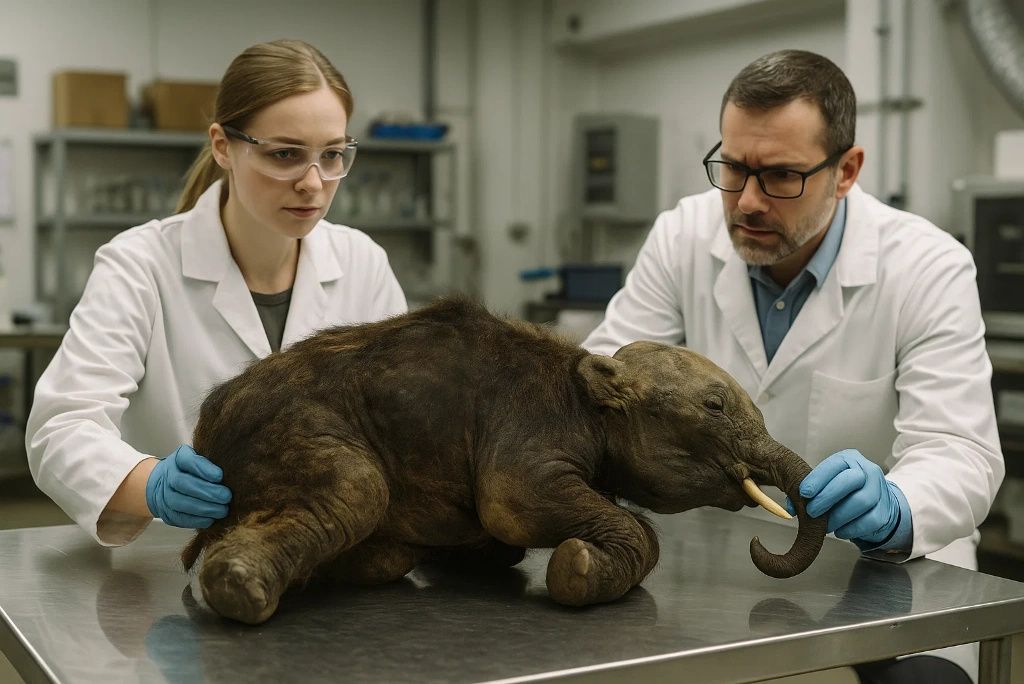
The de-extinction journey took over a decade of research, beginning with DNA extraction in the early 2010s. Key milestones included genome mapping, successful gene editing in elephant cells, and eventual embryo implantation. Each stage required rigorous testing and validation, ensuring safety and feasibility before moving forward to the next phase. These accomplishments showcase how patience and collaboration produce extraordinary scientific breakthroughs over time.
12. International Collaboration
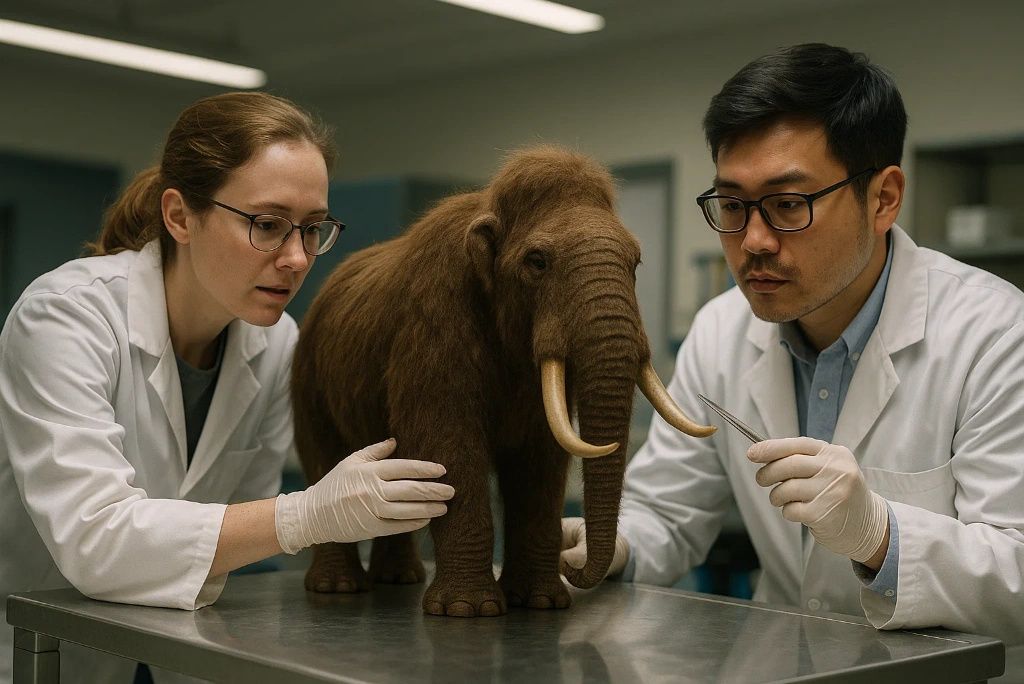
This project brought together geneticists, paleontologists, ecologists, and ethicists from around the globe. Institutions like Harvard University, Colossal Biosciences, and Russian research centers played vital roles in achieving this milestone. Such collaboration fostered innovation, combining expertise across diverse disciplines to overcome complex scientific and ethical challenges effectively. These partnerships demonstrate the global commitment toward advancing groundbreaking research with shared environmental goals.
13. Potential for Other Species
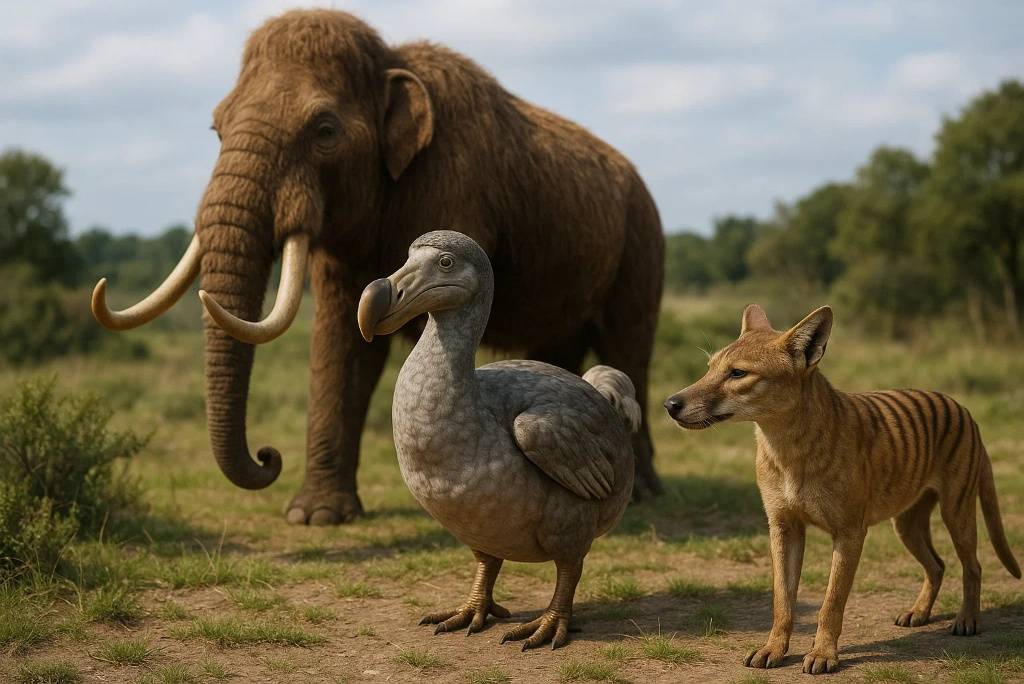
The mammoth project opens doors for reviving other extinct species, such as the dodo or Tasmanian tiger. These initiatives could restore lost biodiversity and offer new insights into evolutionary processes. However, each project will require tailored approaches considering species-specific biology and ecological requirements for successful reintroduction programs. Future research may prioritize species that play vital roles in ecosystem balance restoration.
14. Implications for Conservation
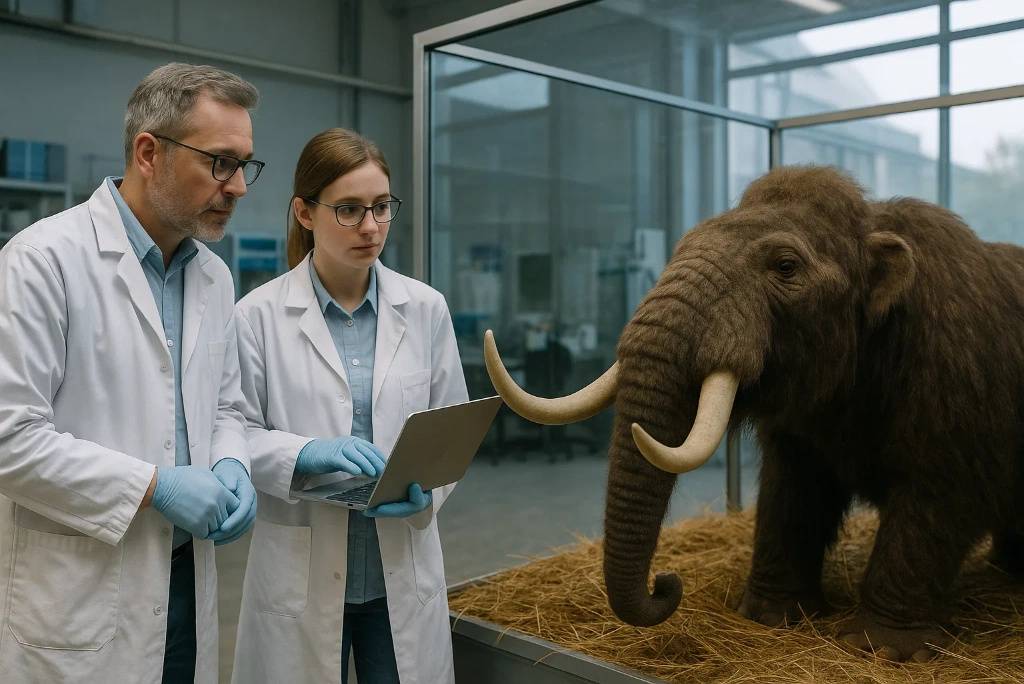
De-extinction technologies can also help endangered species. By editing genes for climate resilience or disease resistance, scientists can strengthen populations at risk of extinction today. These techniques may become essential tools in protecting vulnerable species from rapidly changing environmental conditions and increasing human-driven threats worldwide. Successful applications could revolutionize how we approach wildlife conservation in future generations.
15. What Comes Next?

The next phase involves closely monitoring the mammoths’ health and behavior in controlled environments before considering rewilding. Scientists will assess their adaptability and ecological impact before making long-term plans for their integration into natural habitats. Such careful planning ensures safety for revived species and ecosystems where they may live. Future evaluations will determine how successfully mammoths can sustain themselves in modern climates.
Disclaimer: This article is for informational purposes only and does not constitute scientific or ethical advice. For in-depth research, refer to peer-reviewed journals and professional sources.

